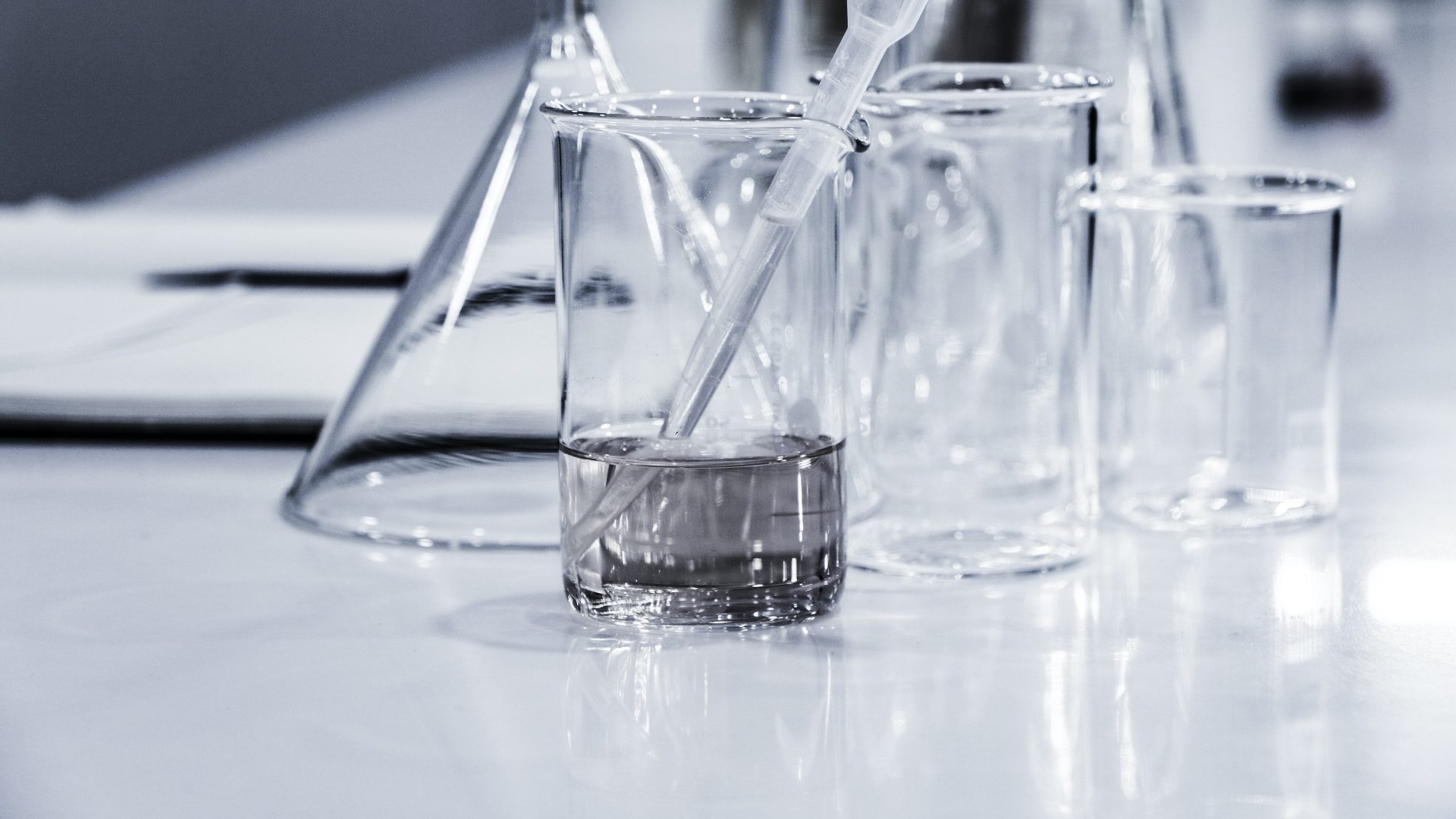Singapore Centre for Environmental Life Sciences Engineering (SCELSE) scientists at Nanyang Technological University, Singapore (NTU Singapore) and the National University of Singapore, have developed a technique to remove phosphorus from wastewater at higher temperatures than is possible using existing techniques, by using bacteria to store the chemical.
Current techniques to remove phosphorus do not work well at temperatures above 25 degrees Celsius, which occur now in warm countries. This is expected to extend to more countries, with the advent of global warming [1].
Due to the presence of diverse microbial communities in water reclamation plants in Singapore, the SCELSE-developed innovation, which is based on bacteria, would thus help to ‘future-proof’ the removal of the chemical. This is as the scientists have demonstrated that it has effectively removed phosphorus from wastewater at 30 degrees Celsius and 35 degrees Celsius.
Called Candidatus Accumulibacter, the bacterial genus is not harmful to humans or the environment and removes phosphate from wastewater and stores it internally as polyphosphate granules. The scientists say their method could be used in laboratory-scale reactors and full-scale treatment plants.
Removing phosphorus from wastewater before discharging it into bodies of fresh water is important, as its presence can result in an algal bloom, which is a rapid increase in the population of algae. Algal blooms severely lower oxygen levels in natural waters when the algae die off and sometimes result in the release of high levels of toxins, killing organisms that live within the waters it affects. In Singapore, wastewater is treated at water reclamation plants located near coastal areas before it is discharged into the sea.
Unlike other methods, the SCELSE-developed method to remove phosphorus from wastewater does not involve chemicals, such as iron and aluminium coagulants [2]. These methods produce a large volume of inert sludge that needs to be treated and disposed of afterwards.
The bacteria-based technology extends the temperature range of enhanced biological phosphorus removal to 35 degrees Celsius. This would help to ‘future-proof’ phosphorus removal, as other methods using biological approaches work only at cooler temperatures and would be rendered less effective as temperatures globally are expected to rise due to global warming.
The results of the study were published in the journal Water Research in June.
NTU Professor Stefan Wuertz, Deputy Centre Director of SCELSE, who led the study, said: “We have shown that phosphorus could be stably removed in Singapore’s water reclamation plants even as we expect global water temperatures to increase further. Employing a slow-feeding strategy and sufficiently high carbon input into biological reactors, we effectively limited the carbon uptake rates of competing bacteria. This allowed Accumulibacter to flourish and benefited a stable and efficient process, representing basic conditions suitable for future full-scale treatment plants. This will help Singapore and other countries experiencing high water temperatures to prepare for the effects of climate change.” Prof Wuertz is also from NTU’s School of Civil and Environmental Engineering.
Co-author Dr Rohan Williams, Head of the Integrative Analysis Unit in SCELSE, said: “We found that the Accumulibacter strains in the reactors were closely related to those commonly found in temperate systems, suggesting that the chosen strategy successfully preserved the microdiversity needed for a stable process.” He is also Senior Research Fellow at the Life Sciences Institute in the National University of Singapore.
Dr Guanglei Qiu, a former Research Fellow at SCELSE, who also co-authored the study, said: “Operating biological reactors side by side at different temperatures provided the clues for a mechanistic understanding and underlying changes in the microbial community.” He is now an Associate Professor at the South China University of Technology.
The SCELSE-developed innovation reflects NTU’s commitment to mitigating our impact on the environment, which is one of four of humanity’s grand challenges that the University seeks to address through its NTU 2025 strategic plan.
To begin the process, the researchers enriched the bacteria from wastewater in experimental reactors with temperatures from 30 degrees Celsius to 35 degrees Celsius, while ensuring that the pH was around neutral. After a six-hour cycle, the bacteria absorbed the phosphorus completely.
Over a testing period of over 300 days in a laboratory setting, they found that there was consistent removal of phosphorus, coping with the daily infusions of fresh wastewater that contained the element.
The scientists will be carrying out further research to further improve the efficacy of their method. They are also looking towards using the bacteria to capture and store phosphorus, which some experts believe could be depleted globally within 50 to 100 years [3].
Prof Wuertz added: “Nearly all the phosphorus that farmers use today, and that we consume in the food we eat, is mined from a few sources of phosphate rock, mainly in the United States, China, and Morocco. Our solution could not only help future-proof biological phosphorus removal, but also store the element and then re-introduce it into agricultural systems.



